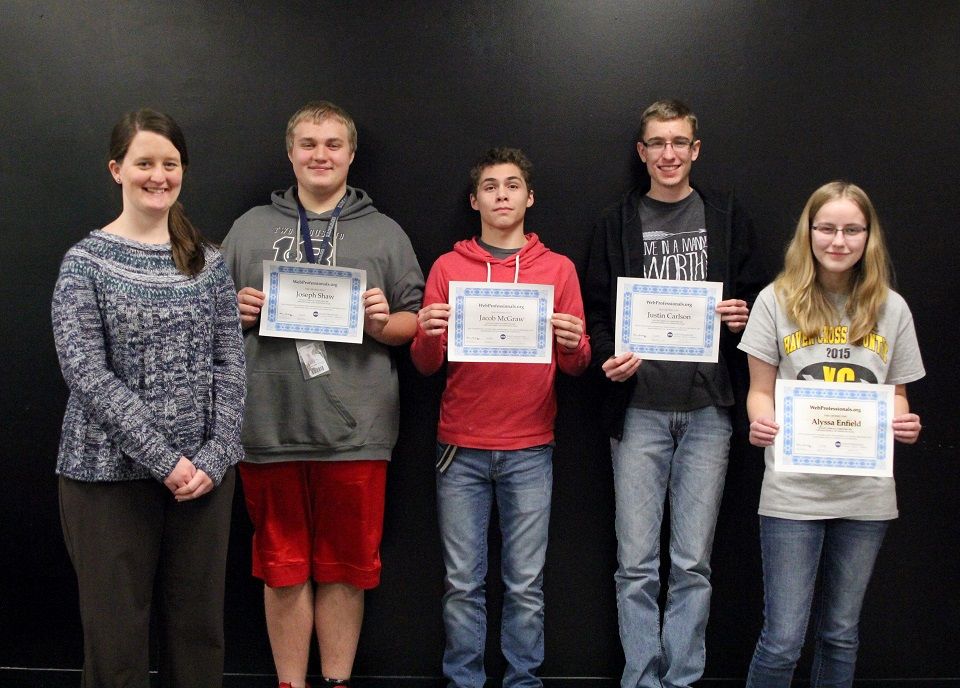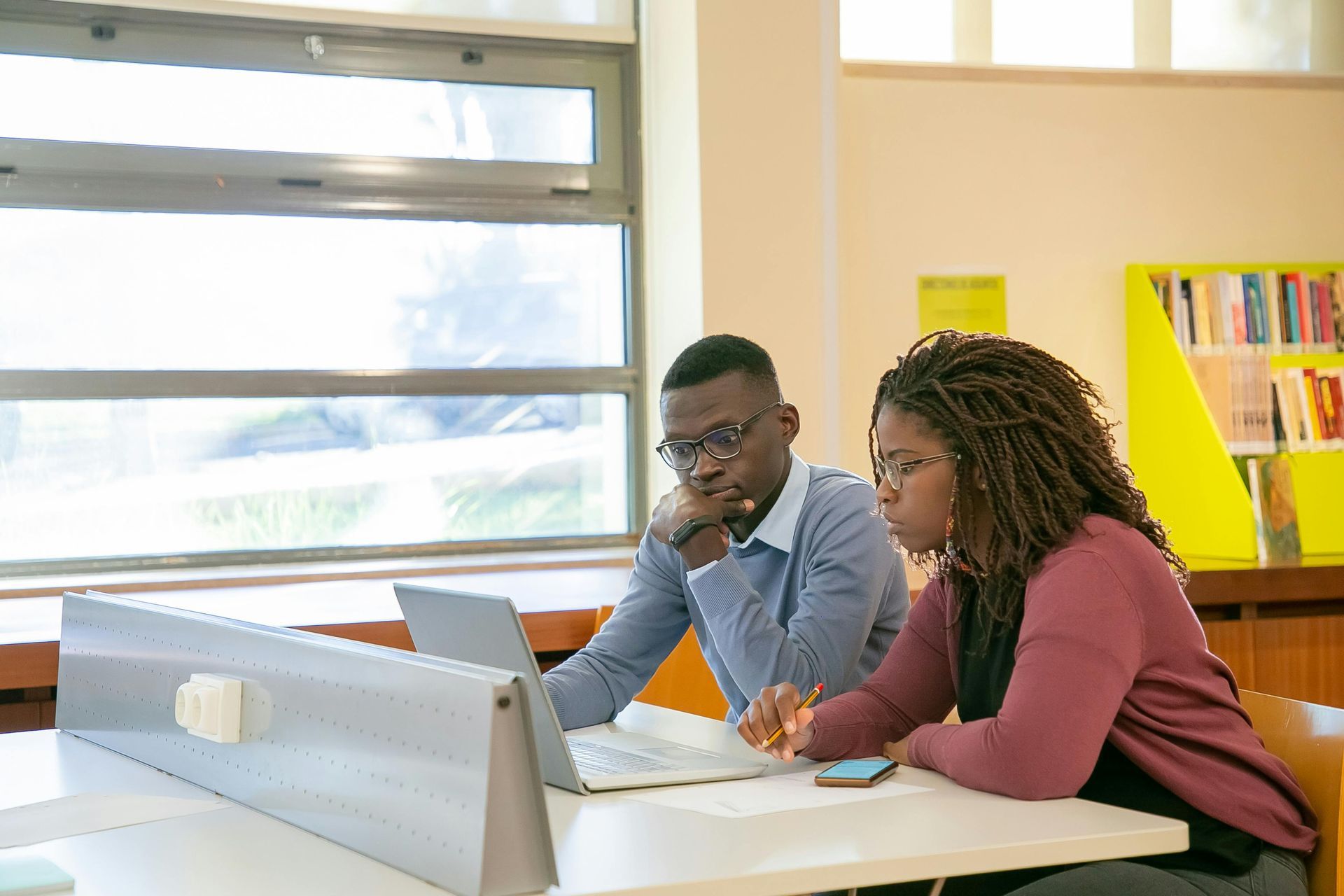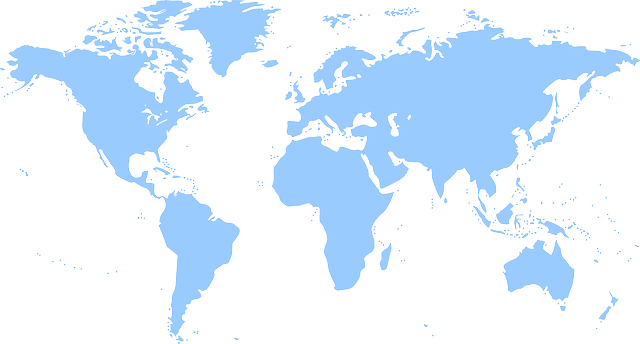Blog
How a NYC High School is Preparing Students to be Future-Ready

At CTeLearning, we love to highlight success stories of our students and teachers who are doing great work. Today we are featuring an interview with Ian Kilpatrick, who teaches at the High School of Fashion Industries in Manhattan, New York City. The students in his Computer Science course will be working through our Web Design, Web Game Design and Remote Working Professional curriculum and learning technical and soft skills that will help them in their future career pathways, no matter what they do.
These courses are preparing Ian’s students as part of the FutureReadyNYC (FRNYC) initiative. FRNYC integrates the best of college and career preparation to successfully launch students into strong careers in high-wage and high-demand sectors. Teachers only get a brief time in the lives of their students to prepare them, and every teacher desires to make their students future-ready.
As part of the project-based learning experience, Ian’s students build key 21st century skills like critical thinking, problem solving, design process, project management, computational thinking and collaboration. This is all done through the sequence of courses that show students how to apply all the skills they are learning to build, create and solve problems for clients. In addition to Web Design and Web Game Design, students will also be working through the Remote Working Professional course and certification to prepare for success outside of the office and be adaptable to future changes in work environments. Each course features a separate certification that helps students build credentials for their futures, whether they pursue 2-year or 4-year educational programs or enter the workforce directly.
All courses include the Capstone Program, which allows students to experience what it is like to have a career. Students have the chance to participate and learn from a career experience that includes bosses, co-workers, and clients. The product they create, which can be a website, mobile app or animation, solves a real-world problem and has a real target audience. Students learn the technical and soft skills of a particular career, and then they take that career for a test drive all from the safety and security of their school. In working through these courses and earring certifications, students build real-world projects that they can utilize as the basis for future professional portfolios.
Let’s hear from Ian to see how our courseware and career-building approach is helping his students.
What has your experience been like teaching the Web Design and Web Game Design curriculum?
We have only had the chance to experience the Web Game Design course so far, but the experience has been phenomenal. The team at CTeLearning has been amazing and treats us like family. The students have really enjoyed seeing so many different aspects of the game world. I have enjoyed seeing students who maybe did not have the most success with coding last year really shine in making music or characters for games. There are so many different avenues for students to find access and enjoy the course.
How have your students succeeded in learning web design and web game design?
The students walk around the room and interact with each other. They love to check out what other students are working on at their computers. There is so much interaction and collaboration happening in the room. The students are not just stuck in their chairs for the entire class time, and they have the freedom to be creative and take each lesson/lab as far as they want. They are having so much fun while at the same time learning so much. It’s not a grind, and it feels effortless at times.
How did your students react when they found out they would be earning professional industry certifications?
The students were quite impressed to learn that they would be earning industry certifications throughout their work this year. The students who see a future in this industry are really pumped and know that they are setting themselves apart with this opportunity. They are starting to imagine life after school working in this industry. It brings a realism to this course knowing they can work hard and be on their way to a great career.
Why do you think this approach to certifications is better than the model that teaches for a test?
In this school, students in the other majors such as fashion and art must take traditional exams. We see problems with that approach, including students burning out on being taught to simply pass the test. There is often test anxiety for students who we can see are bright and prepared but just blank on the day of the exam. To look at their progress over the year and see they have put together the work/portfolio and have learned what is required is a much better model that should be the norm.
What does it mean to you and your administration that you are preparing your students for in-demand and high-paying career paths?
The school has been thrilled with this chance to offer a new major. To see students training for such an in-demand field is what this school was built on. Sadly some of the original industries that this school was founded on are dying away, so to create something new and enter the 21st century gives hope for where this school can go.
As a teacher, what did you learn by watching your students work through the Text Adventure game activity?
Simply how creative my students are. They began the project slowly and a little unsure what to do. They don’t often get such freedom to create while in school. But once the ideas started coming, there was an explosion in this room with energy. Students kept growing their story, having classmates demo what they had, and bouncing ideas off of each other. I could see how you could spend a lot of time letting students work on their story. They had so much fun creating various endings and traps or just a fun story to share with family and friends.
What did you like about the lessons with the professional authors giving insights into how to write a powerful character-driven story?
I think it is great that the students can hear straight from the source what it takes to make a powerful story. No matter how much I say or how compelling I am, I will never have the same level of cache as someone who lives and works in these industries.
What is the big takeaway from the Text Adventure game development activity you hope your students will remember?
I hope they leave that activity with a sense of excitement and wonder what they can learn to go back and make their story better. Also, I enjoy seeing them have a sense of personal ownership that they created that story. And now they have joined a membership of creators who they can, even in a small way, relate to.
How many girls do you have in your class, and what is it like seeing them realize that anyone can succeed in STEM careers?
In a class of 20, I have 14 female students. However, in this school that is the norm as we are 90%+ female. To see the success they are having, the joy as they learn something new and the determination they have to join this field and create their own path is super rewarding. I already have numerous students who have graduated who have gone into Computer Science majors and might not have had that chance without taking these sorts of classes. The industry will only get better as the diversity grows.
How have you enjoyed working with the team at CTeLearning?
The team at CTeLearning has exceeded my expectations behind belief. I have never worked with such a helpful and accommodating team before. Usually you work with a faceless company, but that is not the case here. I know I can reach out to the team for anything and they will get in touch and help me through any issues. It really feels like they work at this school and I can walk down the hallway anytime I have a question. We may be hundreds of miles apart but it feels like they are down the hall. They really care about making a great product and making sure everyone has the tools they need to succeed. Their team is helping the next generation to go into these fields.
Wrap-Up
New York City has a terrific approach to career and technical education. If you want to learn more about FRNYC and how CTeLearning can help you get your students future ready, click here or call us at 913-764-4272 for a free 30-minute demo of our courses and certifications. And stay tuned for a future article featuring insights from Ian’s students.
Share To
Get in touch with us today!
You can book a demo directly using Calendly, call us directly at 913-764-4272 or 877-828-1216, or submit the form and we will reach out to you.
We look forward to helping you and your students.

Most Recent Posts




